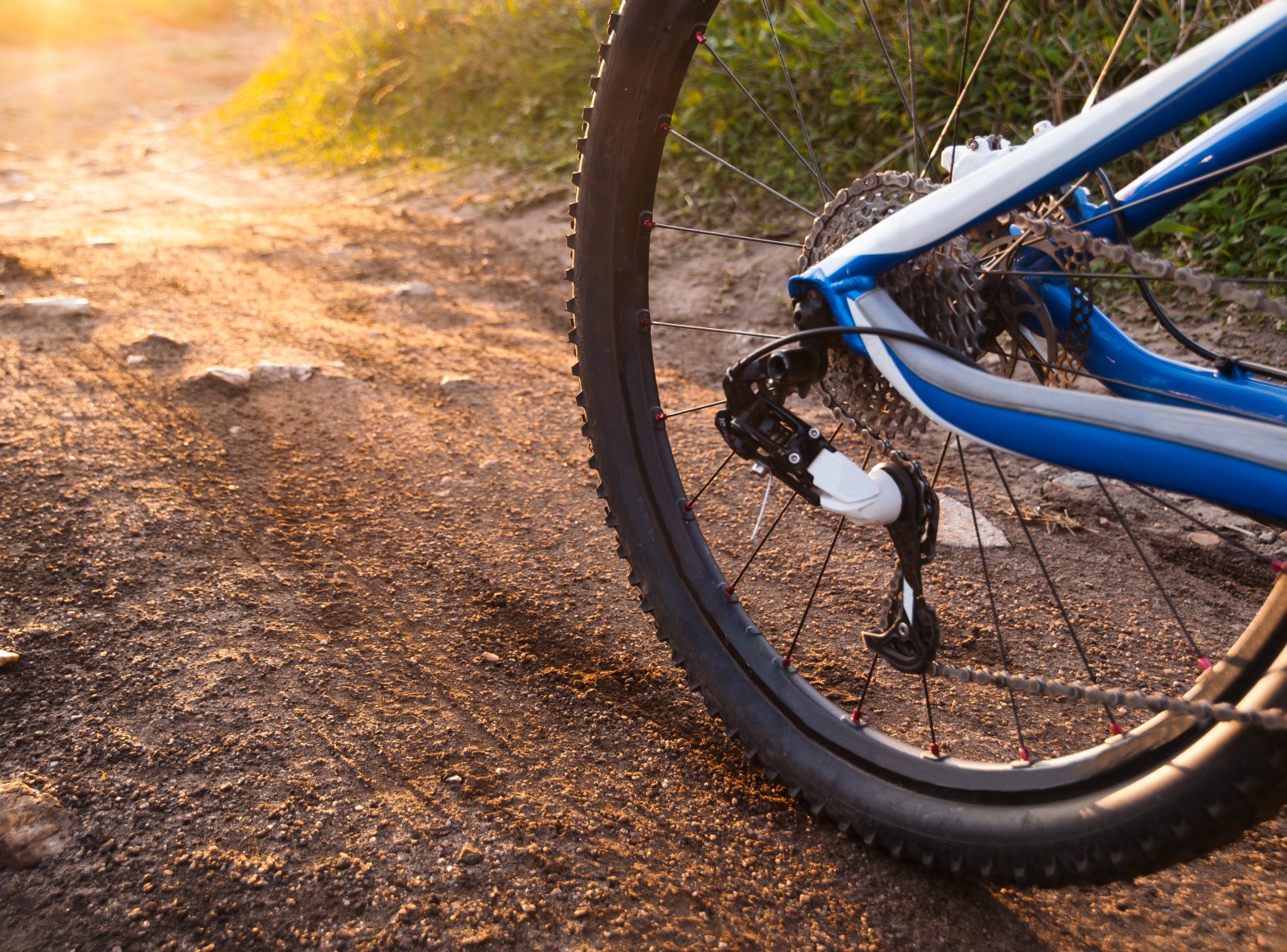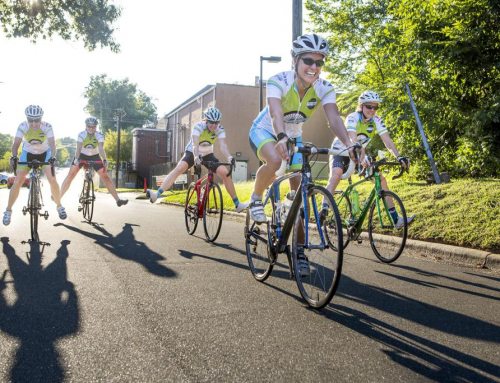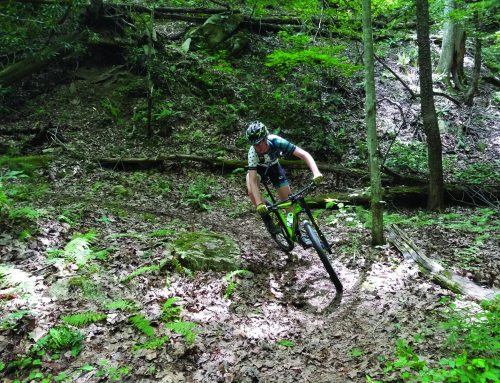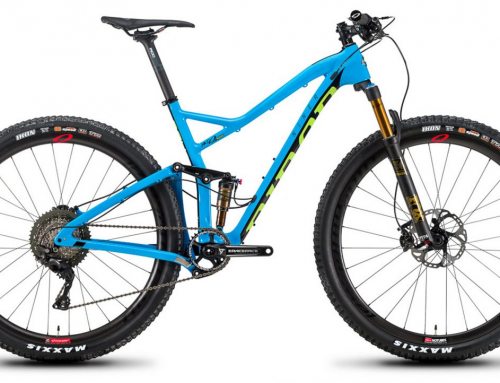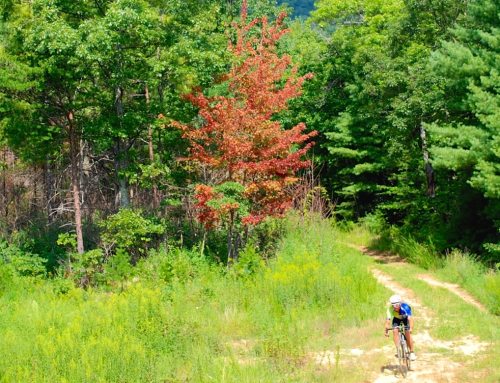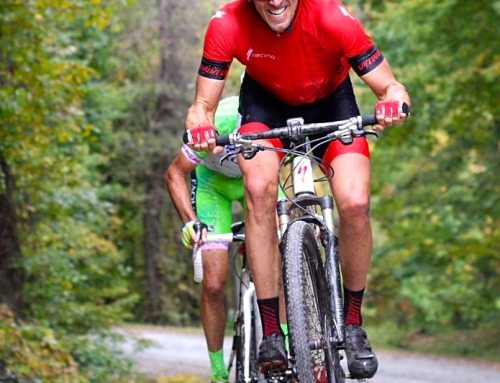By Thomas Henson
I have been road riding for many years, but my first experience with cycling as a young adult was mountain biking. Back then, I was still young enough to think I was invincible, and the cuts and scrapes from conquering rocks, roots, and steep trails were badges of honor. Now with a family and a job, the possibility of injury from those obstacles is more consequential.
If you recently discovered mountain biking, or are thinking of challenging yourself with this, here are some of safety suggestions I live by.
Know where you are, where you’re going, and how you plan to get there. You don’t know the true meaning of the word “lost” until you’re in the middle of the woods, with no streets, no houses, no familiar landmarks to give you a clue about where you are. Being lost is not an adventure; it’s frightening and dangerous. Before setting out, plan your ride well. If you are a beginner, stick to marked trails in a local park or greenway. Use a map to chart your progress at frequent intervals throughout the ride. Don’t have a map handy? Check out the Avenza Maps app at Avenza.com. It provides geospatial maps, with the ability to add placemarks along the way, and track your progress via the smartphone’s built-in GPS. Some maps are free, others are for purchase. You could also purchase a dedicated GPS system for your bike. Garmin makes several models with good back-country navigation features, including the Garmin GPSMAP series, Garmin Oregon, and Garmin eTrex 30x.
Be honest about your skill level. Mountain biking trails are like ski slopes—some are bunny slopes, and some are double black diamond death-defying slopes. It’s important to know your skill level and match it to the terrain. You have to deal with steep hills, rocks, pebbles, roots, logs, and low-hanging branches. It’s easy to become exhausted, overwhelmed, and injured… and there won’t be anyone there to bail you out of a bad situation. Things can get hairy if you don’t know the trail and plan ahead based on your skill level.
Know your fitness. As with any sport, most injuries happen at the end of the day when you’re tired, distracted, hungry, or dehydrated. You lose focus, won’t navigate obstacles as effectively, and are more likely to take risks or shortcuts. Exhaustion and bad decisions are a terrible combination. Challenge yourself, but with rides that match your level of fitness.
Maintain a safe bike. Rugged trails can damage a bike even on an average day. Before every ride, perform a bike safety check.
- Test gears to make sure they shift smoothly and accurately. Cable tension or cable dirt are often the cause, but you may need to have your bike looked at by your favorite bike shop.
- Maintain proper tire pressure. Too much pressure can affect your traction. Too little pressure will ride like a flat and potentially dent your rims.
- Look at the chain. Keep it well lubricated and clean. Mountain bikers regularly kick up mud and dirt, so you need to be even more vigilant than road riders about daily chain checks.
- Lube your seals. Whenever you clean or lubricate the chain, wipe down and lube the suspension seals to keep your ride smooth.
Wear the right gear. For road cyclists, the best safety gear is high-visibility clothing. For mountain biking, invest in a set of elbow and knee pads and padded gloves, especially if you’ll be riding on technically difficult terrain. When you’re a beginner, all trails might be “difficult” at first. I recommend wearing all safety gear until you have enough experience to know when falls are more or less likely.
Wear a helmet, but not just for falls. Mountain biking means riding in the woods, where you may ride head-on into low-hanging branches. One of my friends got a pretty serious concussion from hitting a tree branch. And yes, it will also protect your noggin if you fall. Many mountain bikers don’t think they need a helmet out in the woods because there is no traffic, and not hard concrete or pavement to fall on. But trust me, hitting your head on rock or large root can crack your skull as easily as a road surface.
Ride Safe…and I hope to see you out on the trails!
Do you have a legal question about cycling that you would like to see answered? If so, please email it to ThomasHenson@lawmed.com.
Thomas is the senior partner at HensonFuerst, PA attorneys, where he leads the Personal Injury and Catastrophic Injury Divisions of the firm. He spends much of his time on safety education and injury prevention, especially for children and in the cycling context. Thomas serves on the Board of Directors for the Brain Injury Association of North Carolina, and was appointed by the Governor to serve on the North Carolina Brain Injury Advisory Council, whose duties include advising the Governor and the Legislature regarding brain injury issues, as well as promoting and implementing injury prevention strategies across the state. Thomas loves cycling, especially with his wife, Terry, and son, Alex.


